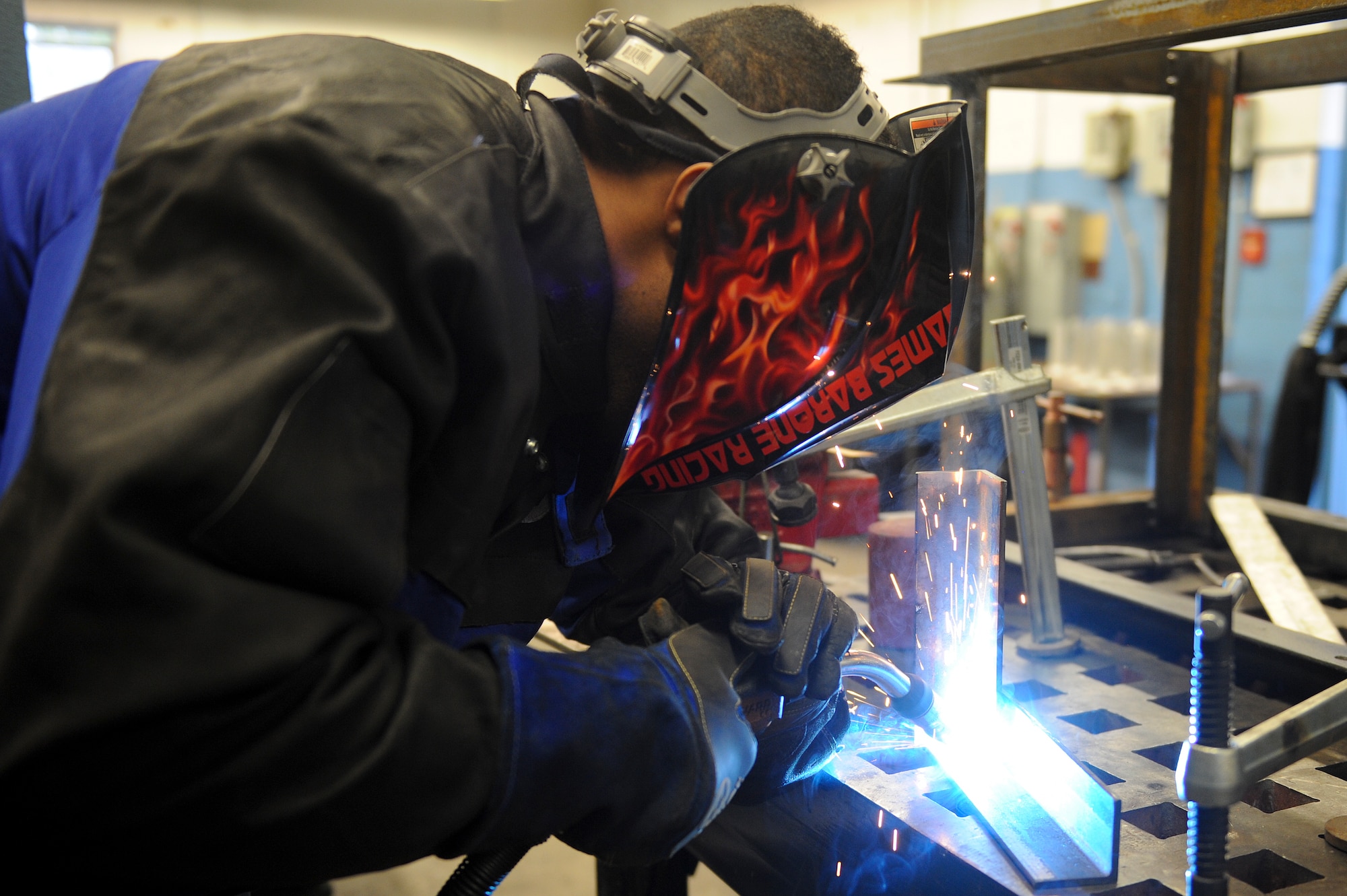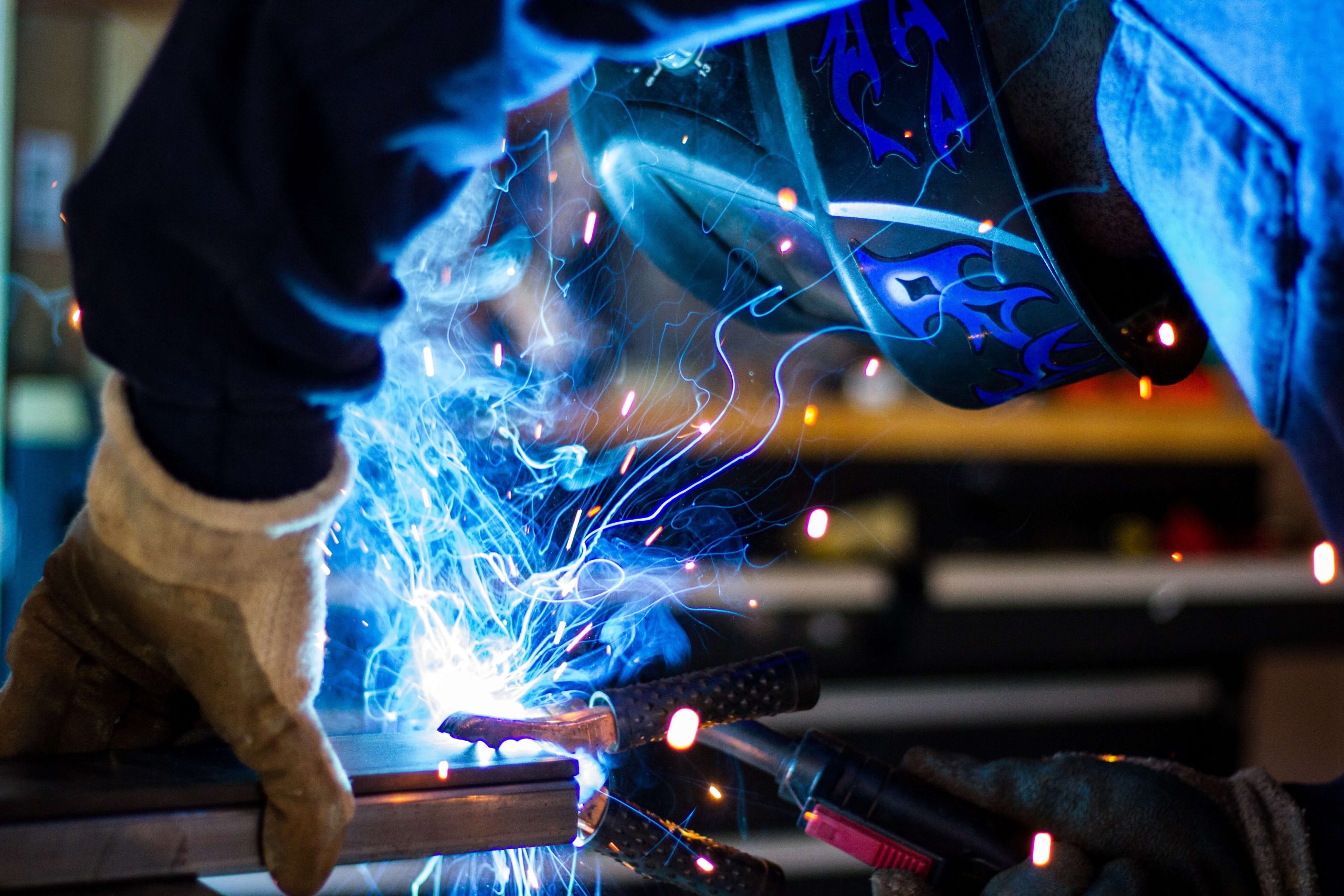Quick tips for poor fusion from Montana Mobile Welding and Repair
Typical Welding Repair Issues and How to Address Them Efficiently
Welding repair services often encounter a variety of concerns that can jeopardize the integrity of the final product. Typical issues consist of poor penetration, porosity, and misalignment, to name a few. Each defect presents distinct difficulties that need specific strategies for resolution. Understanding these issues is important for welders aiming to improve their end results and skills. This conversation will explore these typical welding repair service problems and effective methods to resolve them.
Poor Infiltration
Insufficient penetration occurs when the weld steel stops working to completely fuse with the base material, causing weak joints and possible structural failures. This concern commonly stems from not enough warmth input, inaccurate electrode angle, or inappropriate welding speed. Welders might encounter insufficient penetration because of a mistake of the required parameters for a specific product thickness or kind. Additionally, contamination on the base material's surface area can hinder efficient bonding, aggravating the problem. To address poor infiltration, welders ought to ensure proper setups on their tools and preserve a clean job surface. Normal examination of welds is suggested to recognize any deficiencies early, permitting timely adjustments and the prevention of compromised architectural honesty in bonded assemblies.
Porosity
Porosity is a common problem in welded joints that materializes as tiny gas bubbles entraped within the weld steel. This problem can jeopardize the integrity of the weld, leading to minimized stamina and prospective failure under stress. Belgrade. Porosity generally emerges from contamination, moisture, or incorrect welding techniques, which permit gases to leave right into the liquified weld swimming pool. To deal with porosity, welders must assure proper surface prep work, keep a clean working setting, and use suitable welding criteria. Furthermore, choosing the appropriate filler product and securing gas can minimize gas entrapment. Routine assessment and testing of welds can help determine porosity early, guaranteeing timely restorative activities are taken, thereby protecting the high quality and integrity of the bonded framework
Imbalance
Imbalance in welding can develop from various aspects, consisting of incorrect arrangement and thermal growth. Comprehending the origin triggers is important for effective resolution. Several improvement strategies are readily available to straighten components and guarantee structural stability.
Sources of Imbalance
Welding imbalance frequently comes from a range of underlying problems that can compromise structural honesty. One key reason is inappropriate fit-up of elements before welding, which can result in gaps and irregular surface areas. Variations in thermal development during the welding procedure can likewise result in distortion, specifically if the materials being signed up with have different coefficients of expansion. Furthermore, insufficient fixturing and clamping might stop working to hold components safely in area, resulting in motion throughout welding. Poorly kept equipment, consisting of welding makers and tools, may introduce variances in the weld grain, additional adding to imbalance. Operator error, stemming from not enough training or experience, can also play a considerable duty in creating misaligned welds.

Modification Methods Offered
Resolving imbalance properly calls for a mix of rehabilitative strategies customized to the particular problems at hand. One common technique is using jigs or fixtures to hold components in the appropriate setting during welding, making sure constant placement. In addition, pre-heating the materials can help reduce distortion and boost fit-up. For substantial imbalance, mechanical realignment strategies, such as making use of hydraulic jacks or clamps, can be used to correct the placement prior to welding. Post-weld warm therapy may also be necessary to ease anxieties brought on by misalignment. Finally, mindful assessment and modification during the arrangement stage can protect against imbalance concerns from ending up being significant troubles, advertising a smoother welding procedure and enhancing overall architectural stability.
Distortion
Distortion is an usual difficulty in welding that can develop from various aspects, including uneven cooling and heating. Recognizing the sources of distortion is necessary for implementing effective prevention techniques. Addressing this issue not only enhances architectural honesty but likewise improves the general top quality of the weld.
Reasons for Distortion
When based on the intense warm of welding, products usually go through changes that can bring about distortion. This phenomenon primarily develops from thermal development and tightening during the welding procedure. As the weld location warms up, the product broadens; upon air conditioning, it gets, which can develop inner stress and anxieties. On top of that, irregular home heating throughout a work surface can aggravate these stresses, resulting in warping or bending. The type find out here of material also plays a substantial role; steels with varying thermal conductivity and coefficients of expansion might react in different ways, bring about uncertain distortions. In addition, inadequate joint layout and inadequate fixturing can add to misalignment throughout welding, boosting the possibility of distortion. Comprehending these causes is crucial for reliable welding repair service and prevention strategies.
Avoidance Techniques
Reliable prevention strategies for distortion throughout welding concentrate on regulating warm input and making certain appropriate joint style. Maintaining a consistent warmth input assists to reduce thermal expansion and tightening, which can lead to distortion. Using techniques such as pre-heating the work surface can also reduce the temperature gradient, promoting consistent heating. In addition, choosing ideal joint layouts, such as T-joints or lap joints, can boost stability and lower tension focus. Implementing proper fixturing to safeguard the workpieces in area even more help in keeping alignment throughout the welding procedure. Lastly, staggered welding series can distribute warm more evenly, avoiding local distortion. By applying these techniques, welders can significantly reduce the chance of distortion and boost the general quality of their welds.
Splitting
Splitting is an usual problem come across in welding repairs, commonly arising from various elements such as incorrect air conditioning rates, product option, or insufficient joint preparation. The incident of cracks can greatly jeopardize the stability of the weld, resulting in prospective failures throughout procedure. To resolve this concern, welders should first examine the source, guaranteeing that products work and suitably chosen for the details application. Additionally, regulating the cooling rate throughout the welding process is vital; quick air conditioning can induce stress and anxiety and cause fracturing. Correct joint layout and prep work likewise add to minimizing the risk. Carrying out these methods can improve weld quality and sturdiness, inevitably minimizing the probability of cracking in ended up weldments.

Incomplete Combination
A considerable problem in welding repairs is incomplete blend, which takes place when the weld steel does not properly bond with the base product or previous weld passes - Montana Mobile click here to find out more Welding and Repair Fabrication. This flaw can cause weak points in the joint, possibly compromising the honesty of the bonded structure. Factors adding to incomplete fusion include inadequate warmth input, inappropriate welding method, and contamination of the surface areas being signed up with. To address this problem effectively, welders need to ensure appropriate pre-weld cleaning and surface area preparation, in addition to adjust their welding specifications to attain ample infiltration and blend. Routine evaluation during the welding procedure can additionally aid identify incomplete combination early, enabling timely rehabilitative actions to enhance the general quality of the weld
Overheating
While welding repair work can improve structural stability, overheating offers a considerable difficulty that can result in material degradation. Extreme warm during welding can modify the mechanical residential or commercial properties of steels, leading to lowered toughness, enhanced brittleness, and warping. This sensation is specifically important in high-stress applications where architectural reliability is extremely important. Identifying overheating can include aesthetic examinations for staining or distortion, in addition to monitoring temperature level during the welding procedure. To reduce the dangers related to getting too hot, welders ought to employ suitable methods, such as controlling warm input, changing travel rate, and using appropriate filler products. Furthermore, executing pre- and post-weld heat therapies can assist restore product properties and boost the total top quality of the repair service, making sure long-lasting performance and safety.
Frequently Asked Concerns
What Are the Common Signs of a Welding Defect?

How Can I Examine My Welds for High quality?
To examine welds for high quality, one can make use of visual inspections, ultrasonic screening, and radiographic techniques. Each method ensures structural stability, determines defects, and confirms adherence to defined requirements, inevitably boosting the dependability of the welded joints.
What Safety and security Preventative Measures Should I Take While Welding?
When welding, one must prioritize security by putting on suitable personal safety equipment, guaranteeing proper ventilation, safeguarding flammable products away, maintaining a clean work area, and recognizing environments to avoid accidents and injuries.
Can I Fix a Weld Without Renovating the Entire Joint?
Fixing a weld without remodeling the entire joint is possible, depending upon the damage (Fabrication). Techniques such as grinding, including filler material, or using a welding process can properly attend to details defects while protecting the surrounding structure
What Devices Are Important for Reliable Welding Fixes?
Essential devices for efficient welding repair work consist of a welding maker, cable brush, mill, safety gear, clamps, and filler materials. Each tool plays an important role in making certain top quality and safety and security during the repair procedure. Porosity usually occurs from contamination, moisture, or inappropriate welding strategies, which enable gases to run away into the liquified weld pool. Inadequately kept devices, including welding devices and tools, may present variances in the weld grain, additional contributing to misalignment. When subjected to the intense heat of welding, products typically undergo modifications that can lead to distortion. Fracturing is a common issue come across in welding repair services, commonly resulting from different factors such as inappropriate air site link conditioning prices, material choice, or inadequate joint preparation. A substantial concern in welding repair services is insufficient fusion, which takes place when the weld metal does not properly bond with the base product or previous weld passes.